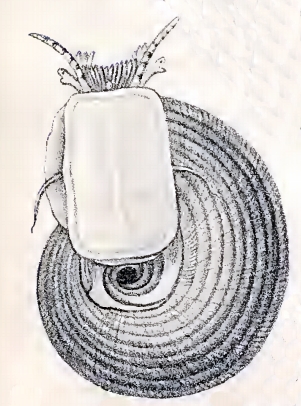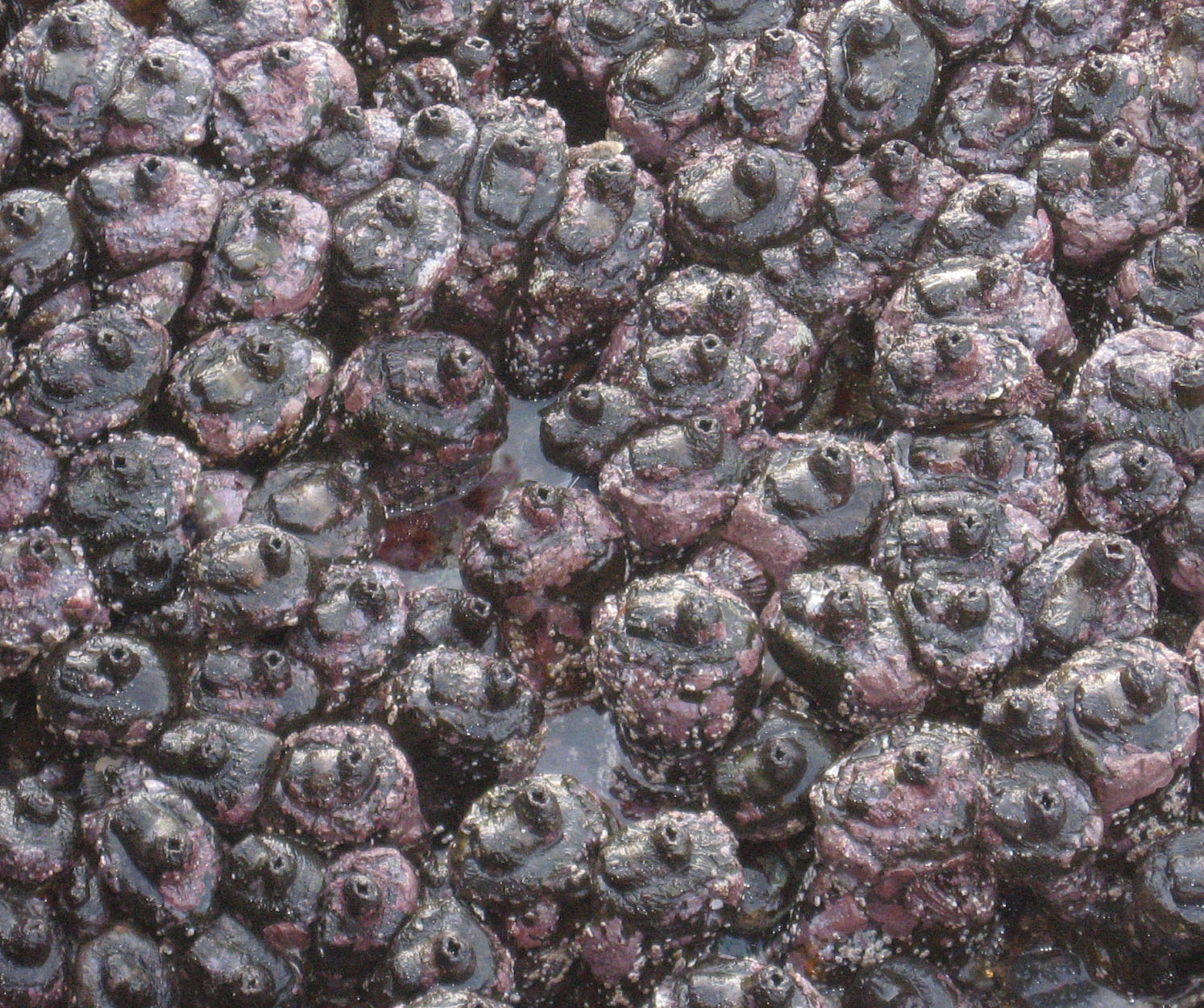|
Sooty Oystercatcher
The sooty oystercatcher (''Haematopus fuliginosus'') is a species of oystercatcher. It is a wading bird endemic to Australia and commonly found on its coastline. It prefers rocky coastlines, but will occasionally live in estuaries. All of its feathers are black. It has a red eye, eye ring and bill, and pink legs. Taxonomy John Gould described the sooty oystercatcher in 1845. Its species name is the Latin Latin ( or ) is a classical language belonging to the Italic languages, Italic branch of the Indo-European languages. Latin was originally spoken by the Latins (Italic tribe), Latins in Latium (now known as Lazio), the lower Tiber area aroun ... adjective ''fuliginosus'', "sooty". Two subspecies are recognised, the nominate from the coastline of southern Australia and subspecies ''ophthalmicus'' from northern Australia. The southern subspecies is larger and heavier than the northern. The northern one, with a more yellowish eye ring, is found from the Kimberleys across the ... [...More Info...] [...Related Items...] OR: [Wikipedia] [Google] [Baidu] |
John Gould
John Gould (; 14 September 1804 – 3 February 1881) was an English ornithologist who published monographs on birds, illustrated by plates produced by his wife, Elizabeth Gould (illustrator), Elizabeth Gould, and several other artists, including Edward Lear, Henry Constantine Richter, Joseph Wolf and William Matthew Hart. Because of his 1840s seven-volume series ''The Birds of Australia (Gould), The Birds of Australia'' and its updates he has been considered the father of bird study in Australia, and the Gould League in Australia is named after him. His identification of the birds now nicknamed "Darwin's finches" played a role in the inception of Darwin's theory of evolution by natural selection. Gould's work is referenced in Charles Darwin's book, ''On the Origin of Species''. Early life John Gould was born in Lyme Regis, the first son of a gardener. Both father and son probably had little education. After working on Dowager Lady Poulett's glass house, his father obtained ... [...More Info...] [...Related Items...] OR: [Wikipedia] [Google] [Baidu] |
Mytilus Planulatus
Mytilus may refer to: * Mytilus of Illyria Mytilos or Mytilus (; ; ruled 270231 BC) was an Illyrians, Illyrian List of rulers in Illyria, king who reigned in southern Illyria, around the hinterland of Dyrrhachion and Apollonia (Illyria), Apollonia. He was the successor of Monunios, and p ..., an ancient Illyrian king * ''Mytilus'' (bivalve), a mollusc genus {{disambig ... [...More Info...] [...Related Items...] OR: [Wikipedia] [Google] [Baidu] |
Birds Described In 1845
Birds are a group of warm-blooded vertebrates constituting the class (biology), class Aves (), characterised by feathers, toothless beaked jaws, the Oviparity, laying of Eggshell, hard-shelled eggs, a high Metabolism, metabolic rate, a four-chambered heart, and a strong yet lightweight Bird skeleton, skeleton. Birds live worldwide and range in size from the bee hummingbird to the common ostrich. There are over 11,000 living species and they are split into 44 Order (biology), orders. More than half are passerine or "perching" birds. Birds have Bird wing, wings whose development varies according to species; the only known groups without wings are the extinct moa and elephant birds. Wings, which are modified forelimbs, gave birds the ability to fly, although further evolution has led to the Flightless bird, loss of flight in some birds, including ratites, penguins, and diverse endemism, endemic island species. The digestive and respiratory systems of birds are also uniquely a ... [...More Info...] [...Related Items...] OR: [Wikipedia] [Google] [Baidu] |
Endemic Birds Of Australia
This article is one of a series providing information about endemic (ecology), endemism among birds in the world's various zoogeographic zones. For an overview of this subject see Endemism in birds. Patterns of endemism Family-level endemism is prominent in Australia. The Australasian realm, Australasian biogeographic region has the highest number of endemic family (biology), families of any zoogeographic region except the Neotropics, and many of these families are endemic to Australia itself — the country therefore stakes a strong claim to be the world's greatest hotspot of bird endemism. Australian endemic and near-endemic families The Australian endemic families are: * Emu (Dromaiidae), a well-known monotypic family; the emu is found in rural areas throughout the continent * Plains-wanderer (Pedionomidae), a monotypic family; plains-wanderer is restricted to arid inland areas in the southeast of Australia * Lyrebirds (Menuridae), two forest-dwelling species of southea ... [...More Info...] [...Related Items...] OR: [Wikipedia] [Google] [Baidu] |
Nerita Atramentosa
''Nerita atramentosa'', common name the black nerite, is a medium-sized sea snail, a marine gastropod mollusc in the family Neritidae, the nerites. There has been some confusion over the taxonomy of the genus ''Nerita'' in the Pacific region; however, ''Nerita atramentosa'' and '' Nerita melanotragus'' are now recognised as separate species (the two have often been considered to be the same species). Description The size of the shell varies between 12 mm and 32 mm. Distribution South Australia. Ecology Distribution This nerite is endemic to the southern coastlands of Australia, including South Australia, southern Western Australia, Victoria and Tasmania. N. atramentosa occurs to the west of Wilsons Promontory in western Victoria, South Australia and southern Western Australia. The closely related species '' Nerita melanotragus'' occurs in eastern Victoria, New South Wales and Tasmania. Habitat This species is commonly found on intertidal rocks, particularly in ... [...More Info...] [...Related Items...] OR: [Wikipedia] [Google] [Baidu] |
Lunella Torquata
''Lunella torquata'', common name the twisted necklace, is a species of sea snail, a marine gastropod mollusk in the family Turbinidae, the turban snails. Description The length of the shell varies between 35 mm and 110 mm. The large, solid, umbilicate shell has an orbiculate, conic shape. It is whitish, mottled and strigate with dark brown. This species varies much in degree of elevation and carination. The six whorls show dense lamellose incremental striae and coarse spiral lirae. The upper ones are carinated, the carina becoming obsolete on the body whorl. The sutures are canaliculate, bordered below by a row of nodules. The round aperture is oblique and white within. The white columella is perforated by the wide and deep umbilicus, and with a spiral groove extending to the base. The oval operculum is flat within, with four whorls. Its nucleus is situated one-third the distance across the face. Its outside is white, excavated at the center, with two strong spir ... [...More Info...] [...Related Items...] OR: [Wikipedia] [Google] [Baidu] |
Lunella Undulata
''Lunella undulata'', common name the common warrener or the lightning turban, is a species of sea snail, marine gastropod mollusk in the family Turbinidae. Description The size of the shell varies between 33 mm and 75 mm. The solid, umbilicate shell has a depressed-globose shape. It is bright green, longitudinally strigate with white under a brown epidermis. The color pattern is sometimes unicolored green, or with the white strigations broken into tessellations. The obtuse spire is dome-shaped, or low-conic and contains five whorls. The upper ones are sometimes angulate, spirally lirate with the lirae wider than their interstices, on the body whorl often subobsolete. The last whorl descends, and is somewhat concave below the suture. The oval aperture is white within. The columella has a very wide white flattened callus which extends over the umbilical tract. The umbilicus is wide and deep. [...More Info...] [...Related Items...] OR: [Wikipedia] [Google] [Baidu] |
Pyura Stolonifera
''Pyura stolonifera'', commonly known in South Africa as "red bait" (or "rooiaas" in Afrikaans), is a sessile ascidian, or sea squirt, that lives in coastal waters attached to rocks or artificial structures. Sea squirts are named for their habit of squirting a stream of water from their exhalant siphons when touched at low tide. Description ''Pyura stolonifera'' is a very large solitary ascidian. It can grow to well over 15 cm in height. It has a thick pale exterior or 'tunic' which has a wrinkled brown covering. It has large inhalant and exhalant siphons with slightly scalloped edges, usually set close together. It is usually thickly covered with encrusting organisms. Distribution This species is found in coastal areas of the cool-temperate and warm-temperate marine bioregions of southern African, from Namibia on the west coast to south-eastern South Africa,Teske, P.R. et al. (2011): Nested cryptic diversity in a widespread marine ecosystem engineer: a challenge for dete ... [...More Info...] [...Related Items...] OR: [Wikipedia] [Google] [Baidu] |
Oystercatcher
The oystercatchers are a group of waders forming the family (biology), family Haematopodidae, which has a single genus, ''Haematopus''. They are found on coasts worldwide apart from the polar regions and some tropical regions of Africa and South East Asia. The exceptions to this are the Eurasian oystercatcher, the South Island oystercatcher, and the Magellanic oystercatcher, which also breed inland, far inland in some cases. In the past there has been a great deal of confusion as to the species limits, with discrete populations of all black oystercatchers being afforded specific status but pied oystercatchers being considered one single species.Hockey, P (1996). "Family Haematopodidae (Oystercatchers)". In del Hoyo, J.; Elliot, A. & Sargatal, J. (editors). ''Handbook of the Birds of the World''. Volume 3: ''Hoatzin to Auks''. Lynx Edicions. . Taxonomy The genus ''Haematopus'' was introduced in 1758 by the Swedish naturalist Carl Linnaeus in 1758 in the 10th edition of Systema Na ... [...More Info...] [...Related Items...] OR: [Wikipedia] [Google] [Baidu] |
Sooty Oystercatcher Eggs
Sooty is a British Children's television series, children's television media franchise created by Harry Corbett incorporating primarily television and stage shows. The franchise originated with his fictional Glove puppetry, glove puppet character introduced to television in ''The Sooty Show'' in 1955. The main character, Sooty, is a muteness, mute yellow bear with black ears and nose, who is kind-hearted but also cheeky. Sooty performs magic tricks and practical jokes, and squirts his handler and other people with his water pistol. The franchise itself also includes several other puppet characters who were created for television, as well as an animated series, two spin-off series for the direct-to-video market, and a selection of toy merchandising. The franchise remained in the ownership of Corbett until his retirement in 1976, before being passed on to his son Matthew Corbett, Matthew. The rights to the franchise were sold in 1996 to a development firm who formed a holding comp ... [...More Info...] [...Related Items...] OR: [Wikipedia] [Google] [Baidu] |
Sooty Oystercatcher94 96
Sooty is a British children's television media franchise created by Harry Corbett incorporating primarily television and stage shows. The franchise originated with his fictional glove puppet character introduced to television in ''The Sooty Show'' in 1955. The main character, Sooty, is a mute yellow bear with black ears and nose, who is kind-hearted but also cheeky. Sooty performs magic tricks and practical jokes, and squirts his handler and other people with his water pistol. The franchise itself also includes several other puppet characters who were created for television, as well as an animated series, two spin-off series for the direct-to-video market, and a selection of toy merchandising. The franchise remained in the ownership of Corbett until his retirement in 1976, before being passed on to his son Matthew. The rights to the franchise were sold in 1996 to a development firm who formed a holding company for the property, with Matthew later retiring and handing over cont ... [...More Info...] [...Related Items...] OR: [Wikipedia] [Google] [Baidu] |



